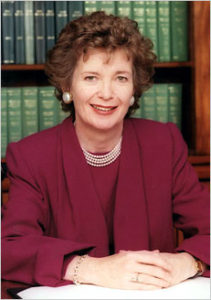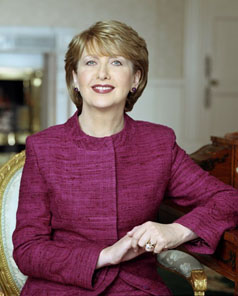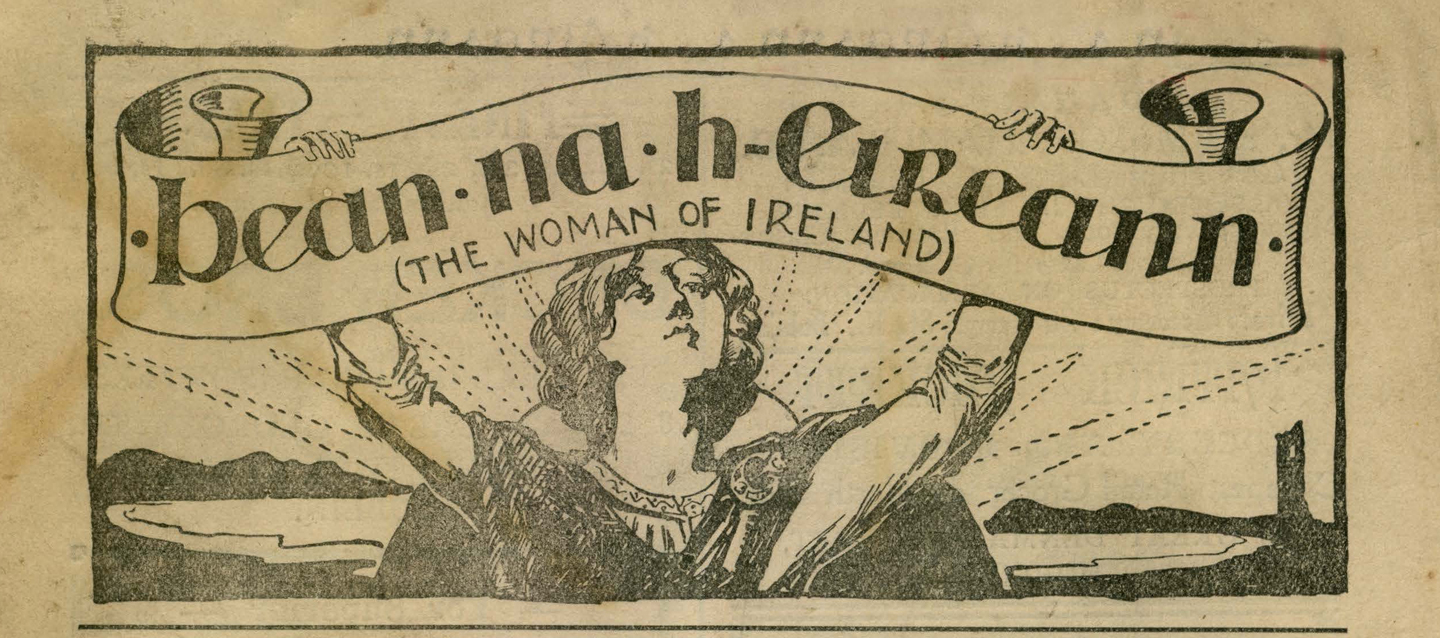
Mary Robinson was born May 21, 1944, and attended Trinity College in Dublin, and Harvard Law. Robinson was a Reid Professor at Trinity College, a liberal campaigner, and a member and senator of the Labour Party. Before being elected president, Robinson was involved in the Campaign for Homosexual Law Reform and the campaign to save Wood Quay. On November 7, 1990, Ireland made history and elected their first female president. Robinson quoted, “I was elected by the women of Ireland, who instead of rocking the cradle, rocked the system”. Utilizing her symbolic power as president, Robinson changed the discussions of the nation to include equality, both in marriage and between the sexes. Robinson resigned from her position as President of Ireland to become the United Nations High Commissioner for Human Rights from 1997-2002.

Mary McAleese was born June 27, 1951, and attended Trinity College in Dublin, and Queen’s University, in Belfast. Before succeeding Mary Robinson as President, McAleese was a Reid Professor of Criminal Law, Criminology and Penology at Trinity College, was Director of the Institute of Professional Legal Studies and first female Pro-Vice Chancellor at Queen’s University. As President, McAleese focused on social inclusion and reconciliation, bringing social equality and anti-sectarianism to the public sphere. Due to her ties to Northern Ireland, McAleese was the first president to have been born in Northern Ireland, she described her presidency with the term “Building Bridges” in which she attempted “to reach out to the unionist community in Northern Ireland.”
These female presidents represented an important change in symbolism and how it was used to describe the female body politic. Robinson and McAleese were able to use their titles as President to create a new symbolic meaning: that of using the symbol of the presidency to forward an often more female-conscious, or at least humanistic agenda. The presidency is considered the chief executive position, often serves also as a figurehead for Irish politics. Robinson used her power to address issues in the gay community and those affected by domestic violence, while McAleese is known for using her influence to push reconciliation between the Republic and Northern Ireland, where she originally hails. The contemporary usage of the symbol was used to turn around centuries of objectification—by using their office to enact real humanitarian change, arguably framed in a postmodern and globalist context, these women enacted agency over the symbolic. They were, essentially, the re-dressing of Cathleen.

